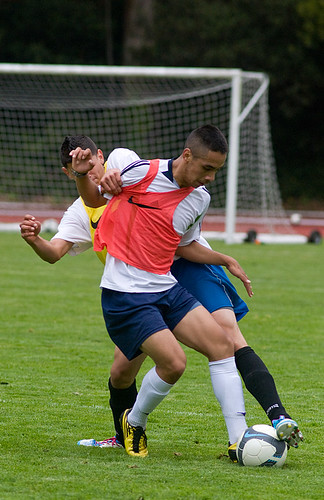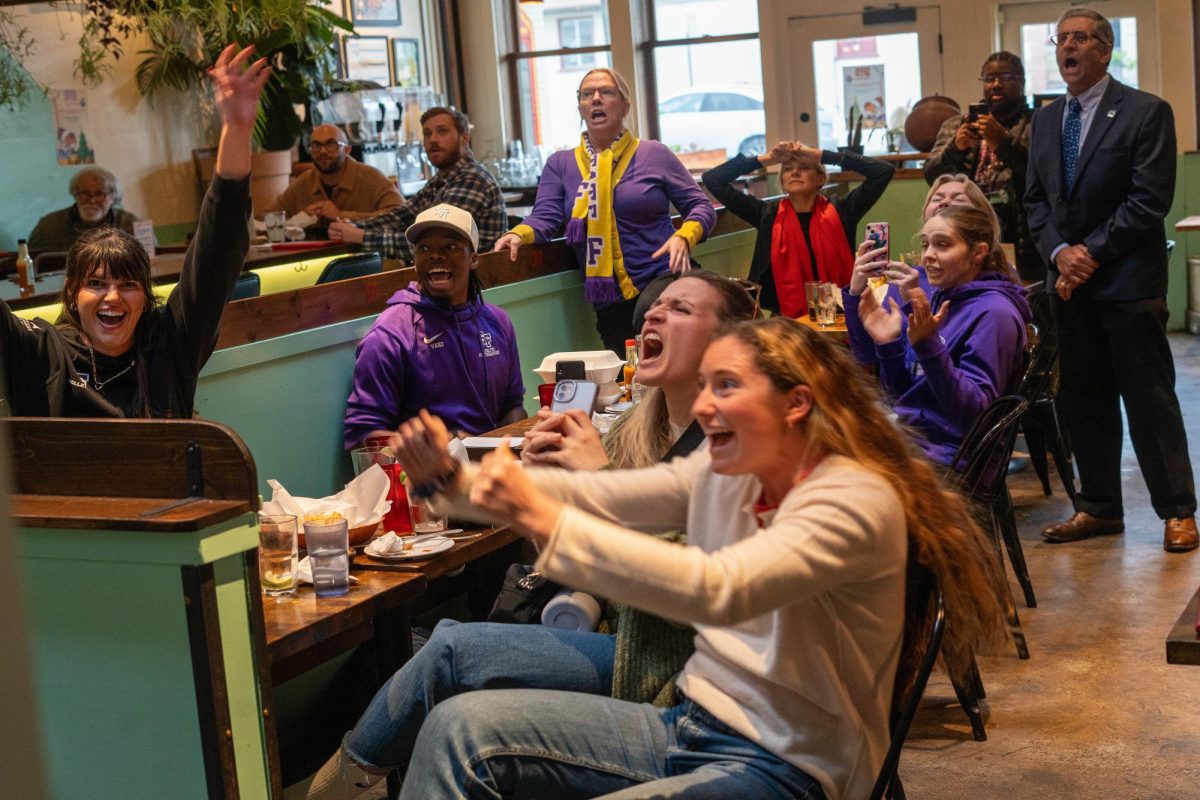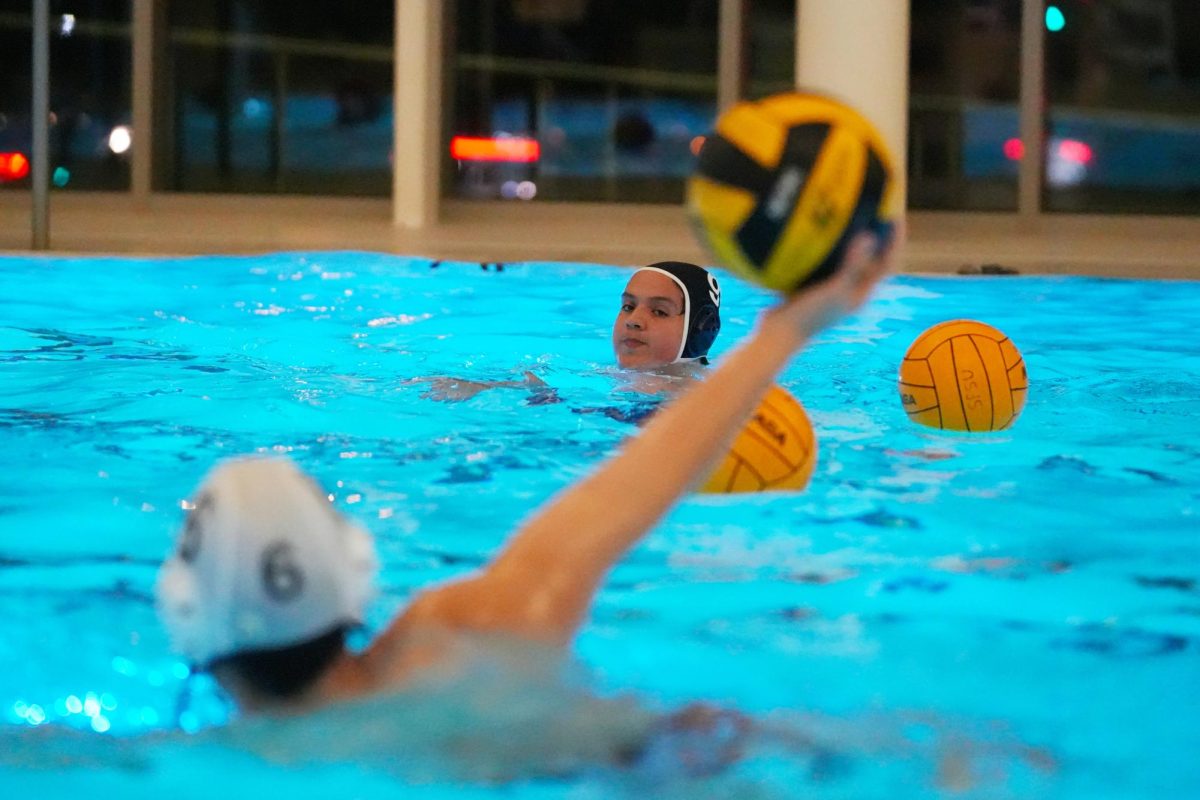Last year left a sour taste in the mouths of SF State’s male soccer players, marking the sixth consecutive season with a losing record.
As bleak as that record may sound, however, returning players say they are determined to flip the current status quo and have a winning campaign.

Veterans are placing a lot of their focus and energy on developing the chemistry previous teams lacked. Junior Mike McNeill, the team’s starting goalkeeper, is among the returning players eager to build bonds with new recruits.
“We have a lot of new faces this year,” McNeill said. “So, I think that just coming together as a team and making sure that when we are on the road we incorporate all the new guys into our family here at SF State will be key.”
Head coach Joe Hunter believes creating the team chemistry will be entirely up to veterans.
“It’s very important on the returning players to start that environment and to push that on to the new guys so that the new guys begin to see that and cultivate it, and grow it within the team,” Hunter said.
Hunter explained that the coaching staff looked thoroughly at players when recruiting the incoming class. He and his coaches looked at character in particular.
“When we looked at the new players coming in and the recruits, we really took a hard look at their personalities, their character, we talked a lot to their coaches about their coach-ability, what they’re like in good times and bad,” Hunter said.
For the men’s soccer team to successfully create chemistry, players need to take on leadership roles and guide not only newcomers but also the entire squad.
Sasha Chalak and Edgar Villagrana, who were big contributors for the Gators in 2010, together accounted for 10 of the 25 goals scored by SF State. Both returning players have adopted leadership roles.
The 6-foot-2-inch Chalak, 20, is the outspoken leader of the team. During a practice session, Chalak heard a teammate complain while performing a cool down exercise and took the initiative to speak to the team about working through it and finishing practice strong.
In contrast, 20-year-old Villagrana is the soft spoken, quiet leader of the team. He is planning to lead by example once again, like he did in 2010 with his team-high 6 goals.
“I would want people to respect me as a player and see me as a role model, and say ‘I want to play like him,’” Villagrana said. “I want to create those thoughts in their heads.”
Chemistry alone was not the only issue plaguing the Gators last year. Villagrana and Chalak believe there was a need to play a more technical game and this year they hope to push in that direction.
“(Last year) I wanted for us to touch the ball around; a different kind of (playing) style,” Chalak said. “I feel like our team is going to be more well-rounded, position wise, like we’ll have more players that can really touch the ball and be game changers.”
Hunter agrees with Chalak and believes the team will improve on possession and control of the ball. Doing so will allow them to dictate the pace and rhythm during games, giving them a definite advantage.
“We have a lot more technical talent,” Hunter said. “Handling the ball, moving the ball, passing the ball, they’re sharper, they’re quicker, they’re better.”
Another problem the SF State soccer team faced last year were issues with players and their academic eligibility. Hunter will be expecting his team to perform both on and off the field.
“We just had some guys who came to college and kind of put all their eggs into just playing soccer and not really looking at the whole picture,” Hunter said.
Fixing that will give the SF State soccer program a chance to establish consistency, which can make any team improve steadily year after year. With that, the team members hope that the chemistry will be improved and cohesiveness will follow as well.
All in all, the Gators hope to go from 8-9-1 in 2010 to winning ways this season. But, for that to happen, leadership, chemistry and smart play on the field must come to fruition.






